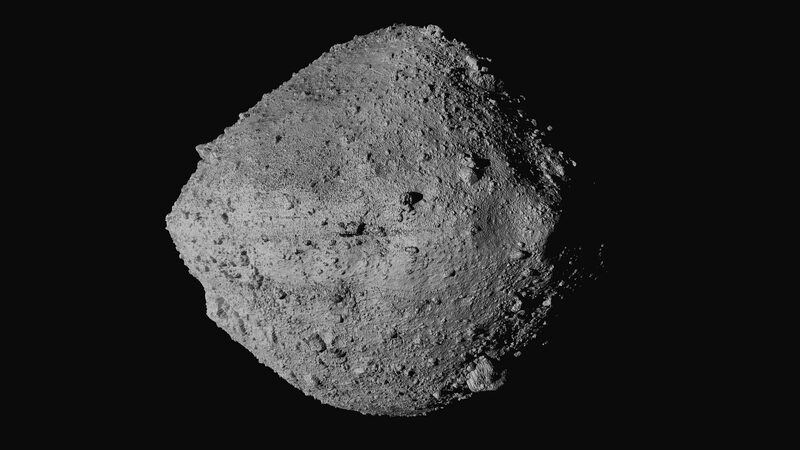Over the weekend, an extraordinary celestial event captivated stargazers across Asia and the rest of the world. An intense solar storm, one of the most powerful on record, lit up night skies with vibrant displays of color, offering a rare spectacle for onlookers from Tokyo to Mumbai. But what exactly is a solar storm, and how does such a phenomenon occur on the sun, a star with surface temperatures averaging around 5,500 degrees Celsius? Let’s delve into the science behind the sun’s so-called ‘burps’ and understand their impact on Earth.
What is a Solar Storm?
A solar storm refers to disturbances on the sun that can emit massive bursts of energy in the form of solar flares and coronal mass ejections (CMEs). These events release streams of charged particles—plasma consisting of electrons, protons, and ionized atoms—into space. When these charged particles reach Earth, they interact with our planet’s magnetic field and atmosphere, leading to geomagnetic storms that can produce stunning auroras, commonly known as the Northern and Southern Lights.
The Science Behind the Sun’s ‘Burps’
The sun is a dynamic and volatile star. Its surface is in constant flux due to the complex interplay of magnetic fields generated by the movement of plasma. Occasionally, these magnetic fields become twisted and release energy suddenly, akin to built-up tension snapping. This release can manifest as solar flares or CMEs—solar ‘burps’ that eject plasma and electromagnetic radiation into space.
Why This Storm is Significant
Experts have noted that the recent solar storm is among the most intense observed in recent years. Its strength has allowed auroras to be visible much farther from the poles than usual, gracing the skies of countries across Asia, Europe, and North America. For many in Asia, this provided a rare opportunity to witness the natural light display without traveling to higher latitudes.
Potential Impacts on Earth
While the visual spectacle is enchanting, intense solar storms can have practical implications. The influx of charged particles can disrupt satellite communications, navigation systems, and even power grids. Airlines rerouting flights and adjustments in satellite operations are common precautionary measures taken during such events.
Staying Prepared
Scientists continuously monitor solar activity using space-based observatories to provide advance warnings of potential solar storms. Understanding the mechanisms behind these solar events is crucial for mitigating risks associated with our increasingly technology-dependent society, especially in densely populated and connected regions like Asia.
The Wonder of the Cosmos
This recent solar storm serves as a reminder of the dynamic relationship between Earth and its nearest star. The awe-inspiring displays unite people across continents in shared wonder, highlighting the importance of astronomical phenomena in cultures around the world. As we continue to study the sun’s behavior, we not only safeguard our technological infrastructure but also deepen our appreciation for the cosmos.
Reference(s):
cgtn.com








